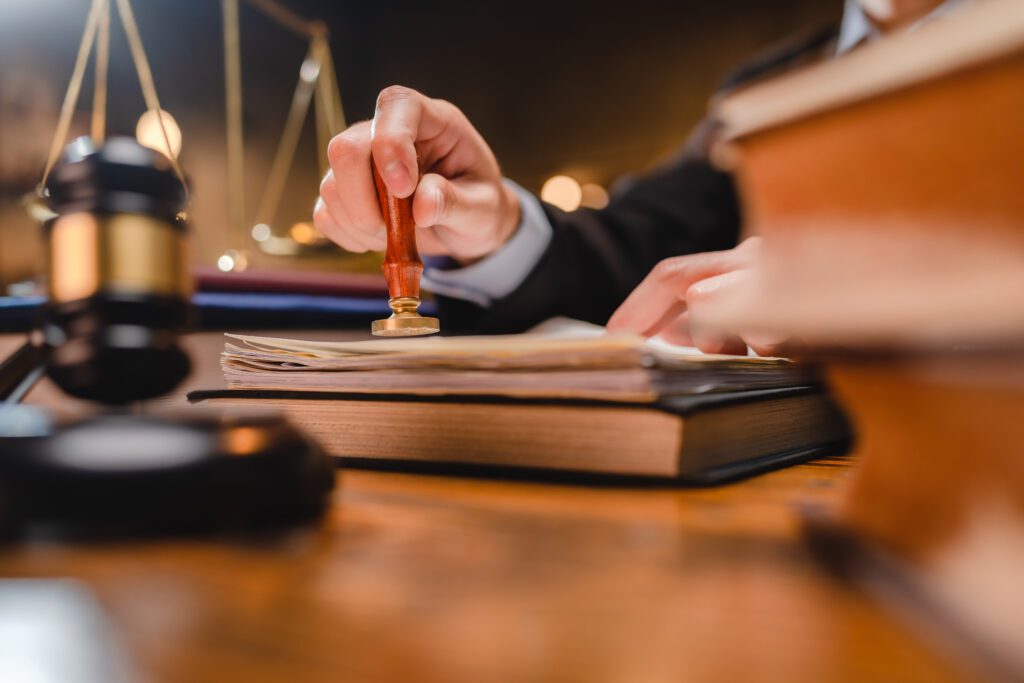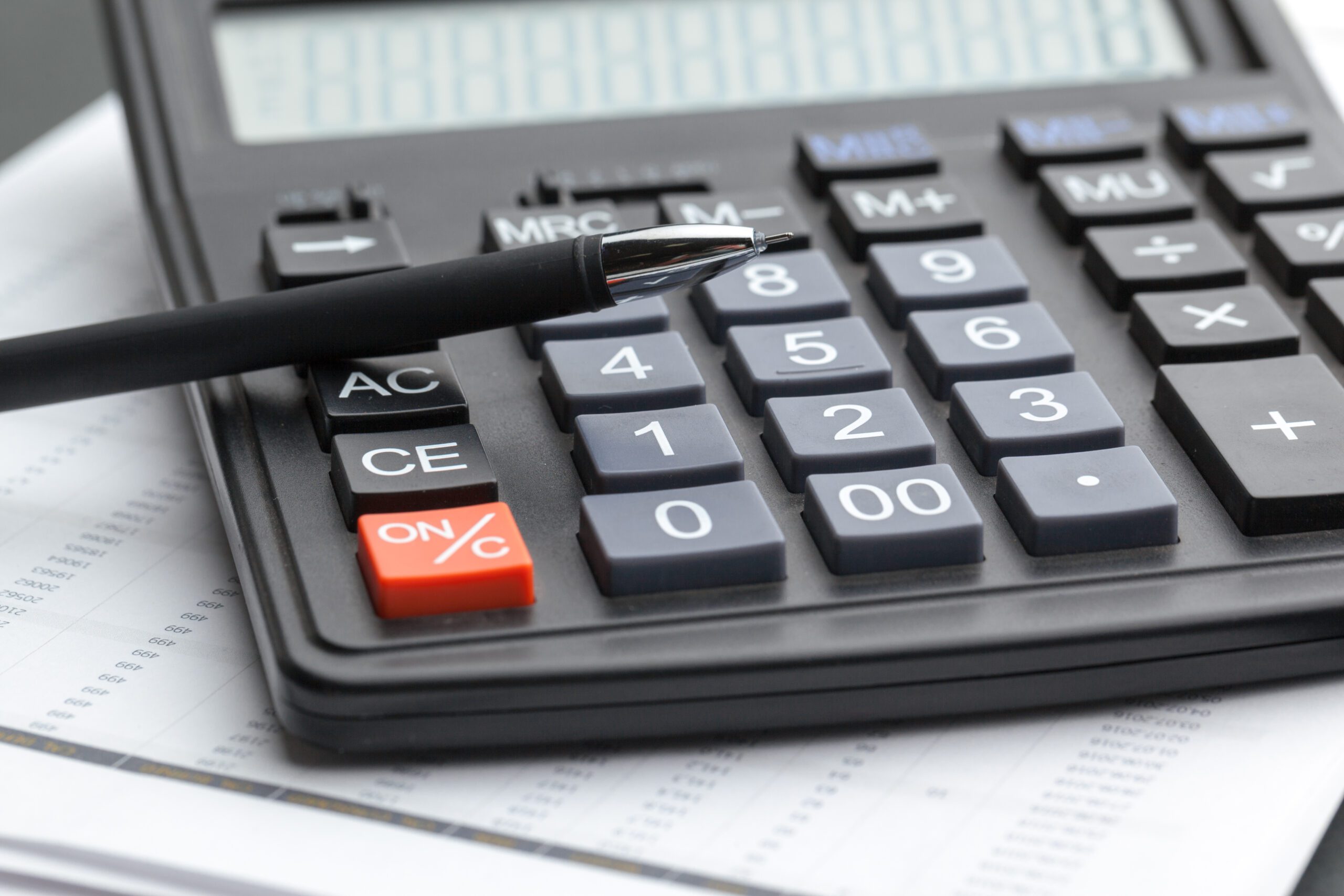Slip and fall accidents can bring about significant injuries and financial losses. To ensure fair compensation, it's crucial to calculate the settlement amount accurately. A personal injury settlement calculator can help victims determine a reasonable settlement payment for their case, taking into account the nature and severity of their injuries, the medical treatment they received, and any damages they've incurred.
Understanding Slip and Fall Settlement Calculators
Purpose of a Slip and Fall Settlement Calculator
A slip and fall settlement calculator is a tool designed to help you determine a reasonable settlement amount for your personal injury case. The calculator can provide an estimated settlement value by inputting various information about your case, such as the nature of your injuries, medical expenses, lost wages, and potential future costs. This calculation can be useful to set expectations and guide negotiations with insurance companies or responsible parties.
Limitations and Accuracy
Though settlement calculators can provide a helpful starting point, it's important to recognize their limitations. No two personal injury cases are identical, and a calculator might not account for every factor that could influence your specific circumstances.
-
- Accuracy: Settlement calculators may not be entirely accurate, as they rely on general guidelines and estimates. Each case is unique, and different factors may impact the final settlement amount.
- Legal expertise: While a slip and fall settlement calculator can give you an idea of what to expect financially, it cannot replace the advice of a skilled personal injury attorney. Having a knowledgeable legal professional with experience in the legal process can facilitate negotiations with insurance companies.
- Non-economic damages: Calculating non-economic damages, such as pain and suffering, can be challenging. Settlement calculators might offer a range of possible amounts, but it isn't easy to pinpoint an exact figure for these subjective aspects.

Components of a Slip and Fall Settlement
When calculating a slip and fall settlement, there are two main damages types to consider: economic damages and non-economic damages. Each type includes various factors that contribute to the total value of the settlement.
Economic Damages
Economic damages comprise the financial losses incurred as a result of a slip and fall accident. These types of damages can be more easily quantified and typically include the following:
-
- Medical Expenses: Primary factors in determining a settlement amount is the cost of medical treatments, including hospital stays, surgeries, medications, and ongoing therapy. An injured party should take into account both past and future medical expenses in their claim.
- Lost Wages: If the injured party may be entitled to compensation for lost income if they are unable to work due to the injuries sustained in the accident. This not only includes wages lost while recovering from the injury but also potential future earnings.
- Property Damage: In some cases, an injured party's personal property might be damaged during the fall. Compensation may be sought for repairing or replacing items like clothing, jewelry, or electronic devices.
Non-Economic Damages
Non-economic damages, on the other hand, are less tangible and more difficult to quantify. They often involve the emotional and psychological impact of the accident on the injured party. Common non-economic damages include:
-
- Pain and Suffering: This type of damage addresses the physical discomfort and emotional distress experienced by the injured party as a result of their injuries.
- Emotional Distress: Psychological issues such as anxiety, depression, or PTSD triggered by the slip and fall accident can be factored into non-economic damages.
- Loss of Enjoyment of Life: If an injured party's lifestyle, hobbies, or relationships are negatively affected by the accident, they may be entitled to compensation for this loss of enjoyment.
Calculating Slip and Fall Settlement Damages
Medical Expenses
One of the primary factors is medical expenses when calculating damages in a slip and fall case. This includes the cost of immediate medical treatment, ongoing care, and any future medical bills related to the injuries sustained in the fall. Some examples of medical expenses are:
-
- Emergency room visits
- Hospital stays
- Surgery costs
- Physical therapy
- Prescription medications
- Medical equipment
It's essential to keep all medical bills and records of treatment to accurately calculate medical expenses in your claim.
Lost Income and Future Earnings
If a slip and fall injury forces you to miss work, you can claim compensation for your lost wages, income you would have earned if you hadn't been injured. Additionally, suppose your injuries result in long-term or permanent disability, preventing you from earning the same amount as before the accident. In that case, you may be entitled to damages for future earnings.
Pain and Suffering
Pain and suffering compensation is in place to provide the victim restitution for the physical discomfort and emotional distress caused by their injuries. These damages are subjective and may vary depending on the severity of the injuries and the individual's ability to cope with the pain. Some factors used to determine pain and suffering damages include:
-
- The severity of injuries
- The duration of the recovery process
- Whether the injuries are permanent or temporary
- The extent of any physical disabilities
A multiplier is often used to calculate pain and suffering, which involves multiplying the total medical expenses by a specific number (usually between 1.5 and 5).
Emotional Distress
Emotional distress compensation may be awarded to plaintiffs in a slip and fall case who have suffered emotionally due to their injuries. Symptoms of emotional distress can include:
-
- Anxiety
- Depression
- Insomnia
- Post-traumatic stress disorder (PTSD)
Like pain and suffering, emotional distress damages are subjective and depend on the individual's experience and ability to handle the emotional impact of their injuries.
Property Damage
In some slip and fall cases, the victim's personal property may be damaged during the accident. Property damage compensation includes the cost of repair or replacement for items such as:
-
- Clothing
- Eyeglasses
- Cell phones
- Jewelry
It is crucial to keep records of any damaged property and its value to seek accurate compensation.
Loss of Consortium
Loss of consortium damages compensate the spouse or partner of a slip and fall victim for the loss of companionship, affection, and intimacy as a result of the injuries sustained in the accident. Loss of consortium is typically awarded in cases where severe or permanent injuries have a significant impact on the victim's relationship with their partner.

Factors Affecting Slip and Fall Settlement Amounts
Several factors can significantly affect the settlement amount in slip and fall cases. We will discuss the main factors: Severity of Injuries, Degree of Negligence, Insurance Coverage, and Location of the Accident.
Severity of Injuries
It's not just the injury sustained in a slip and fall accident but the severity of the injury that dramatically influences the settlement amount. More severe injuries generally result in higher settlement amounts. Factors that may be considered include:
-
- Medical expenses (past and future)
- Lost wages
- Pain and suffering
- Permanent disabilities or disfigurements
In cases where the victim sustains only minor injuries, the settlement amount may be smaller.
Degree of Negligence
Determining the degree of negligence in a slip and fall case is crucial for establishing liability. In comparative negligence cases, a victim found partially at fault could reduce the settlement amount. For instance, if a victim is deemed to be 25% at fault, their settlement would be reduced by that percentage.
In some states, contributory negligence laws may apply, which could prevent a victim from recovering any damages if they are found to be even 1% at fault for their injuries.
Insurance Coverage
The insurance company of the at-fault property owner plays a crucial role in the settlement amount. The property owner's insurance policy limits may restrict the amount the victim can recover. In some cases, victims may need to pursue additional compensation from the property owner's personal assets or through other legal avenues.
Location of the Accident
The location of the accident can also impact a slip and fall settlement. Laws and regulations may vary by state or municipality, affecting how a case is handled. Some locations may have more favorable personal injury laws for plaintiffs, while others may provide greater protection for property owners.
Working with experienced injury attorneys who are knowledgeable about the specific jurisdiction and its personal injury laws can help maximize the chances of a favorable outcome for a slip and fall case.
Role of Legal Professionals in Slip and Fall Cases
Personal Injury Lawyers
Personal injury lawyers are a significant aspect of slip and fall cases. They offer expertise in personal injury law and help clients through every stage of their claims, from case evaluation and investigation to negotiation with insurance adjusters. In particularly complex or contested cases, personal injury attorneys provide necessary litigation support to their clients. By working with a knowledgeable slip and fall lawyer, injured parties can maximize their compensation and enjoy peace of mind throughout the legal process.
Some key responsibilities of personal injury attorneys in slip and fall cases include:
-
- Identifying liable parties: Determining who is legally responsible for an accident can be difficult, but personal injury attorneys have the experience and skill needed to pinpoint liability in complicated cases.
- Gathering evidence: Lawyers investigate accidents to collect relevant evidence, such as photographs, witness statements, and medical records, which will be crucial in proving liability and damages.
- Calculating compensation: Personal injury attorneys work with their clients to determine the entirety of their losses, including non-economic damages, which can be difficult to quantify independently.
Insurance Adjusters
Insurance adjusters also play a significant role in slip and fall cases. Their primary responsibility is to evaluate personal injury claims and determine a fair settlement amount based on injury severity, the cost of medical treatment, and other factors. While insurance adjusters may seem impartial, it is essential to remember that they work for the insurance company and, therefore, have the company's best interests at heart.
When dealing with insurance adjusters, having a slip and fall lawyer in your corner can be beneficial. Personal injury attorneys are accomplished negotiators who can advocate for their clients during settlement discussions, ensuring they are compensated adequately for their injuries. Moreover, legal advice from a personal injury attorney can help claimants navigate the often complex and confusing claims process.

The Settlement Negotiation Process
The injured party may receive compensation for a slip and fall accident only after they go through a settlement negotiation process. This process typically involves several steps, with each step having its own set of challenges and requirements.
Demand Letters
A crucial first step in the process is sending a demand letter to the party responsible for the accident (usually the property owner or their insurance company). This letter functions as a formal request for compensation and includes information on the nature of the accident, as well as the damages and losses sustained. It's essential to consult with a personal injury law firm to ensure that the demand letter effectively communicates the extent of the claim.
Negotiating with Insurance Companies
Once the demand letter has been sent, the next step is to negotiate with the responsible party's insurance company. This part of the process can be particularly challenging, as insurance companies tend to minimize their financial exposure by offering low settlement amounts. It's crucial to clearly understand your slip and fall claim value and be prepared to negotiate persistently to reach a fair settlement.
During negotiations, the adjuster may provide a counteroffer, often lower than the amount requested in the demand letter. It is crucial to stand firm and be prepared to back up your claim with evidence and documentation.
Court Proceedings
In some instances, a satisfactory settlement might not be reached through negotiations. In these cases, the injured party may decide to file a lawsuit, take action for their slip and fall case, and pursue compensation through the court system. This step adds another layer of complexity to the process, as court proceedings require strict adherence to deadlines and legal procedures.
While navigating the legal system, it's essential to have a knowledgeable attorney represent you throughout the lawsuit. This ensures your case is handled correctly and improves your chances of obtaining a positive outcome.
Summary
Using a slip and fall settlement calculator helps to analyze the financial impact of your accident, allowing you to make informed decisions about pursuing a lawsuit or accepting a settlement offer.
Understanding the factors contributing to a slip and fall settlement calculation is essential for achieving a just outcome. Key factors include the extent of the victim's injuries and medical treatment, damages such as financial and emotional loss, and the degree to which the victim might be at fault for the accident. By considering all these factors in the calculation, victims are better prepared to negotiate their settlement confidently and clearly.
The role of legal professionals in slip and fall cases cannot be understated. With their knowledge of personal injury law, negotiation skills, and ability to calculate damages, legal professionals can help ensure injured parties receive their deserved compensation.




